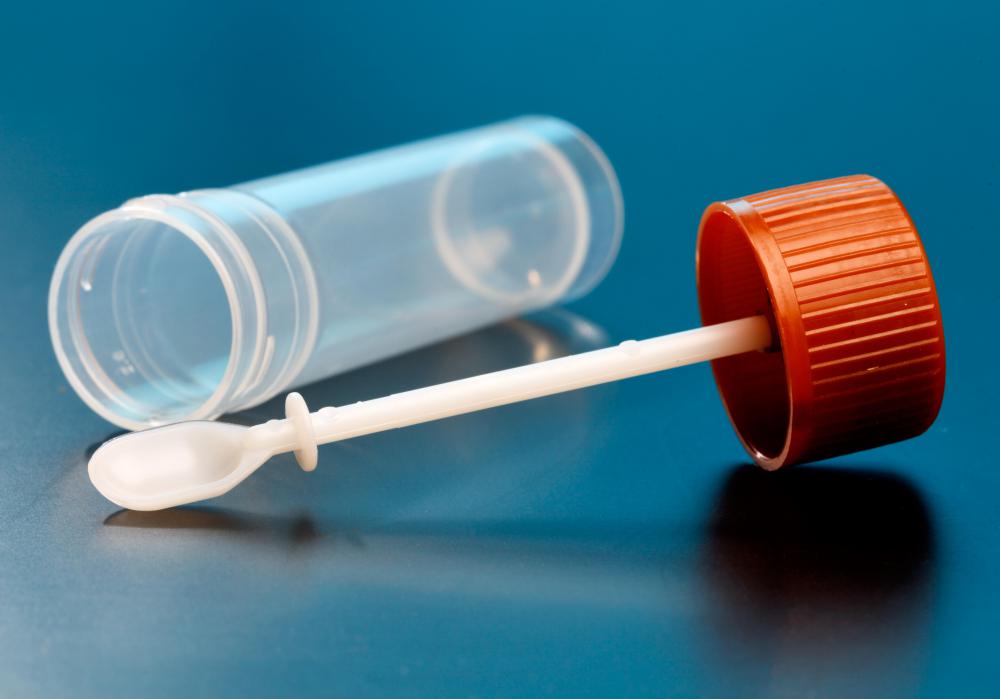At WiseGEEK, we're committed to delivering accurate, trustworthy information. Our expert-authored content is rigorously fact-checked and sourced from credible authorities. Discover how we uphold the highest standards in providing you with reliable knowledge.
What is a Fish Tapeworm?
Fish tapeworms include a number of species from the Diphyllobothrium family. The most common fish tapeworm in humans is a species called Diphyllobothrium latum. It causes a disease in humans called diphyllobothriasis. Doctors treat the infection with de-worming medication.
Diphyllobothriasis occurs in populations around the world. People become infected with fish tapeworm by eating undercooked or uncooked freshwater fish that is contaminated with tapeworm cysts, which are embryonic tapeworms. The worm can live inside a human intestine for several decades.

Fish tapeworms require more than one host to mature. They begin their lives as eggs and mature into six-hooked embryos called coracidia. They have to be eaten by a crustacean before they can begin the next part of their development and mature into first-stage, procercoid larvae.
Small freshwater fish become the second intermediary host to the tapeworms by consuming infested crustaceans. The worm matures into a sparganum or plerocercoid inside these fish. Larger fish consume the smaller fish, and eventually the fish might be caught, and a human might eat the fish that contains the sparganum. The immature worm grows inside the intestine, maturing into a segmented worm that reaches lengths of 25-30 feet (7.62-9.14 m).
Each segment of the worm, or proglottid, produces eggs. A mature fish tapeworm is capable of producing more than a million eggs each day. These eggs pass out of the body through the feces.

Most people who have a fish tapeworm do not know that they are infected. Some individuals might have generalized symptoms such as stomach pain, weight or appetite loss and a lack of energy, and others suffer from anemia or a vitamin B-12 deficiency. Patients might also see proglottids in their stool.
Doctors diagnose diphyllobothriasis by examining a stool sample. They treat the condition with medications such as praziquantel, niclosamide and albendazole. These drugs do not always succeed in detaching the worm's head from the intestinal wall, and the worm can grow back if its head is still attached. Some doctors use diatrizoic acid injections to detach the entire worm so that nothing can grow back.

Raw fish is the main ingredient in many regional cuisines. People who enjoy these dishes can avoid fish tapeworm by freezing fish for 24 hours at a temperature of about minus-4 degrees Fahrenheit (minus-20 degrees Celsius) before preparing the dish. Substituting raw saltwater species for freshwater fish will also help prevent infections, because saltwater fish do not carry fish tapeworms. Cooking fish for about five minutes at 140 degrees Fahrenheit (60 degrees Celsius) will kill tapeworm eggs.
AS FEATURED ON:
AS FEATURED ON:
















Discuss this Article
Post your comments